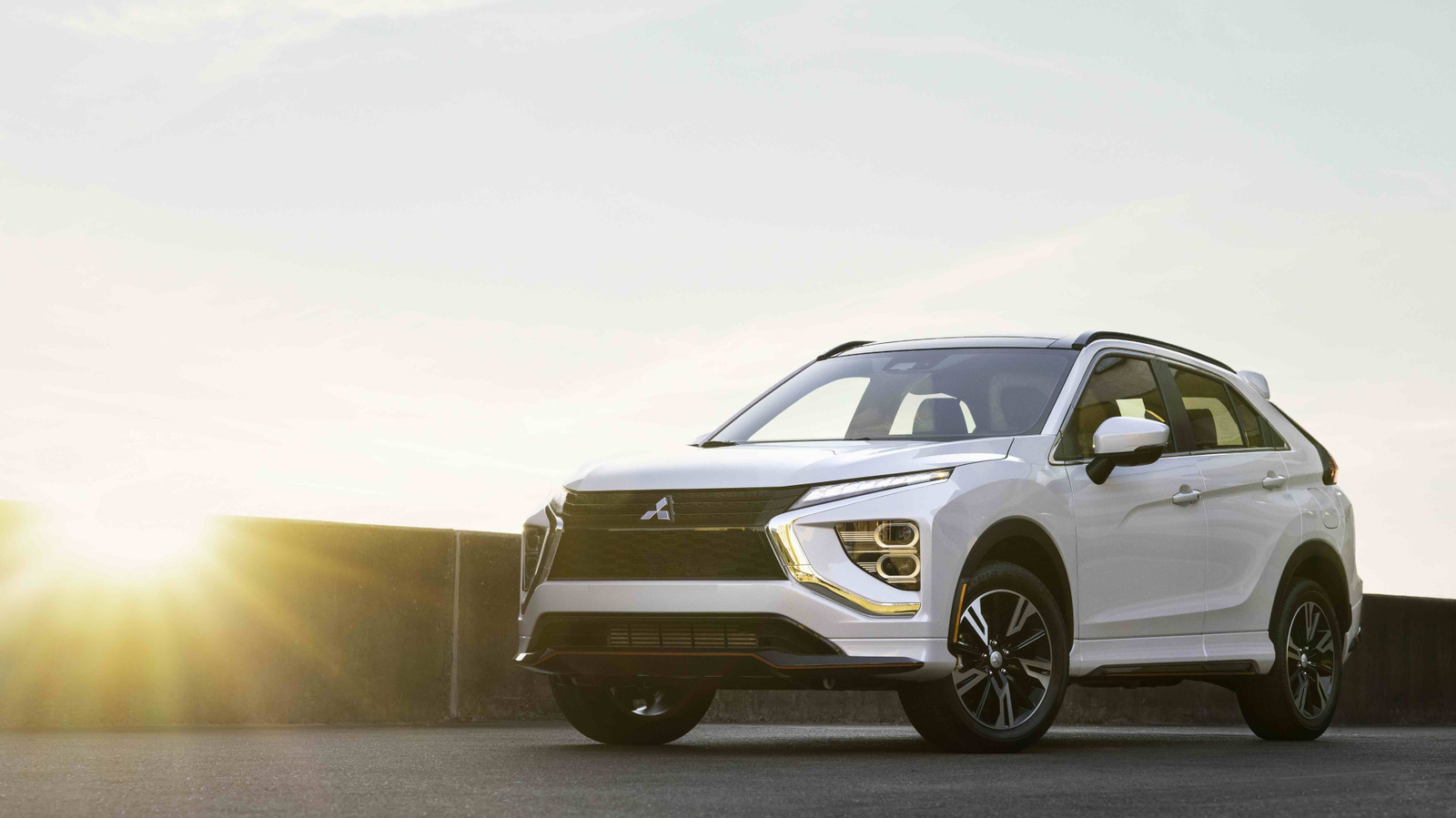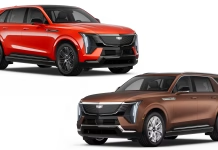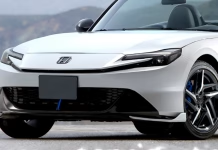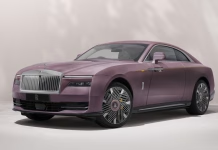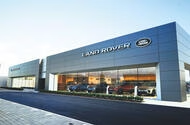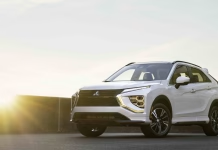BMW Vision CE Concept Redefines Urban Mobility With Helmet-Free Electric Scooter

Cadillac Unveils Bold New Orange Hues for 2026 Escalade IQ
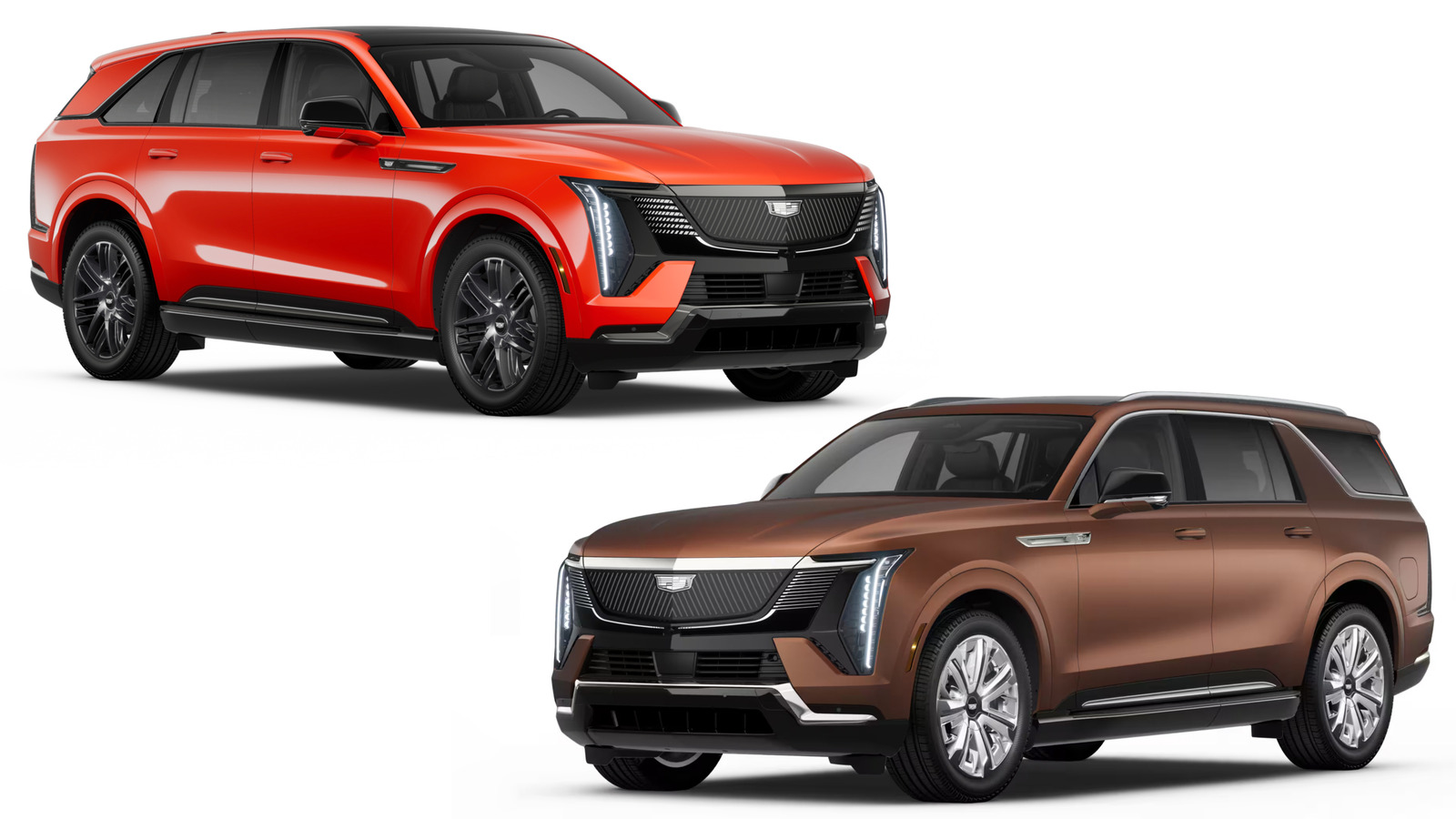
Celebrating New Voices Shaping the Future of the Automotive Industry
 New awards will celebrate rising automotive talent from under-represented backgrounds
New awards will celebrate rising automotive talent from under-represented backgrounds
It's time to submit your nominations for the Autocar Drivers of Change: New Talent awards - ahead of entries closing on 10 September.
Held in association with the SMMT, the second running of the Drivers of Change awards will celebrate individuals who are either apprentices or in the first two years of their career, and the company that's doing the most to support them.
The goal of Drivers of Change is to celebrate the automotive industry as a place where you can have a thriving career irrespective of your background and to promote the industry as a great place to work for those from all different backgrounds.
For the New Talent edition, that can be as simple as having started and made an impact in a first role in the industry. We will name the stand-out stars, and the company that is doing the most to support new talent, in a ceremony at Stellantis's UK headquarters in Coventry on 13 November.
We encourage you to spread the word and consider nominating anyone from your wider organisation – no matter which sector of the automotive industry – who meets these broad criteria and has a compelling story to tell.
Entries are now open - submit your nomination here.
There will be no specific categories in which to enter and anyone named on our list can call themselves an Autocar Driver of Change. Earlier this year, 40 individuals were named in the inaugural Autocar Drivers of Change for their work mainly in DEI initiatives, in a ceremony at the SMMT headquarters in February.
This forms part of a refreshed calendar of events at Autocar. Each spring we will continue to host Autocar Great Women, which every other year will celebrate Rising Stars. Drivers of Change will follow a similar cadence in this new autumn slot, where it will remain in future years.
Grappler Device Halts Stolen Car Chase in Michigan but Leaves Owner With the Bill
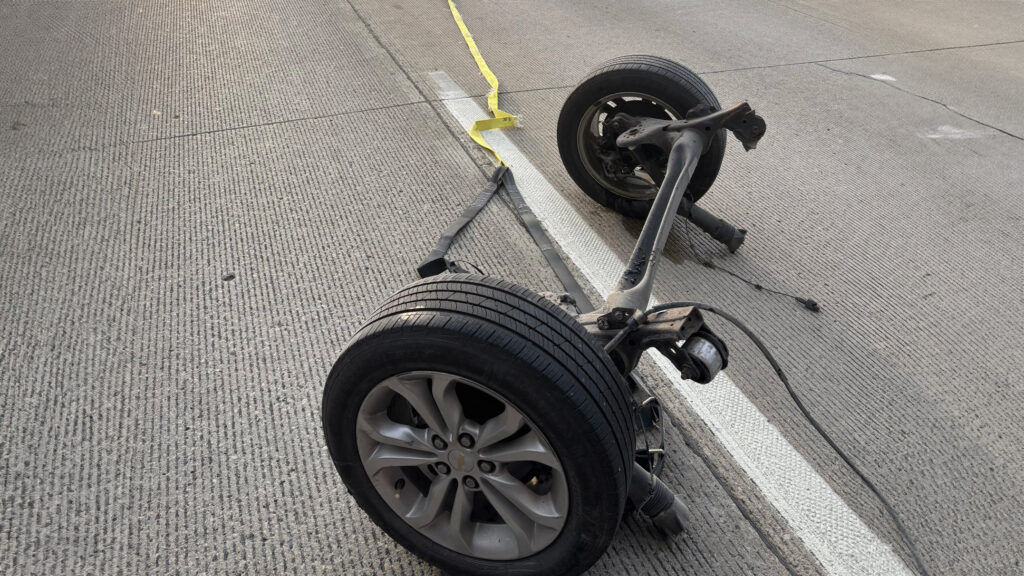
Why the Fiat 124p Is the Must-Have Rally Car for Enthusiasts
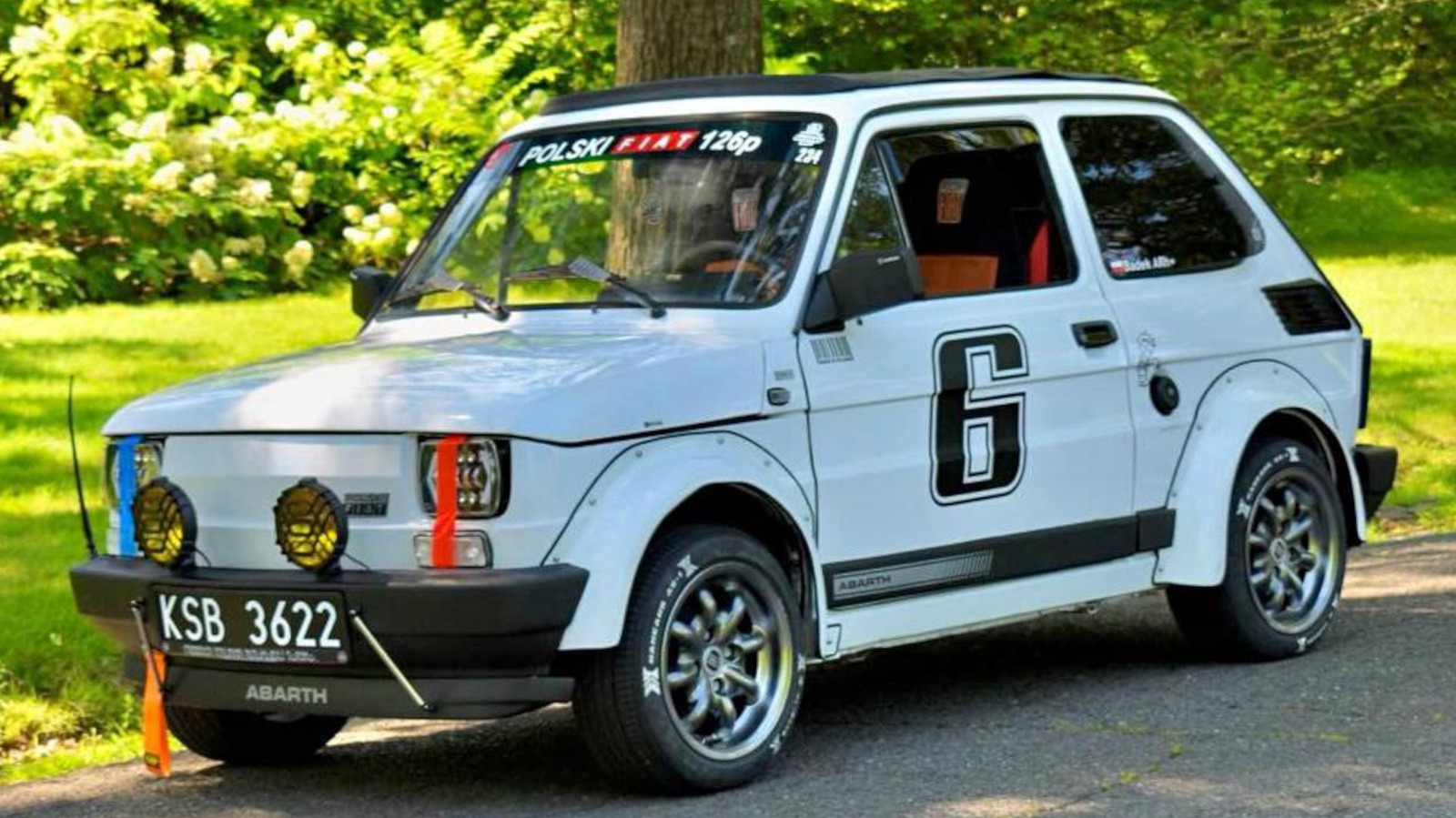
Modern S2000 Roadster Imagined with Prelude Flair Sparks Enthusiast Dreams
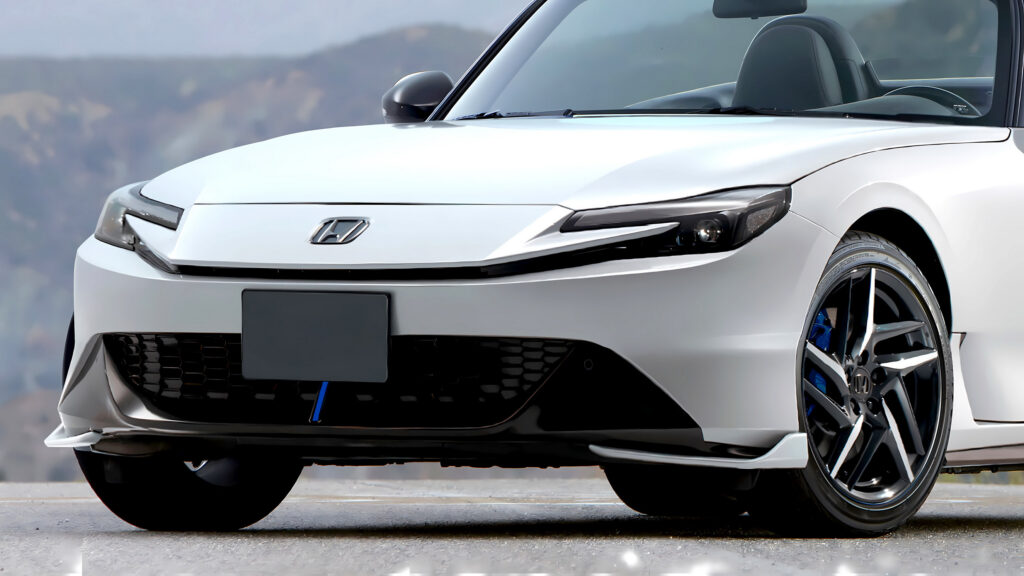
Rolls-Royce Unveils Primavera with Striking Petal Wheels, Deliveries Set for Spring 2026

Land Rover Hit by IT Glitch Halting New Car Registrations on Key UK Plate...
 No new Land Rover models registered in UK today as firm races to solve system fault
No new Land Rover models registered in UK today as firm races to solve system fault
JLR is grappling with a global IT issue which has left it unable to register new cars.
Autocar was first made aware of a 'cyber incident' at the firm earlier today, understood to be related to the system it uses to register new cars, but the precise impact has yet to be confirmed.
Autocar spoke to a JLR dealer who confirmed the issue and said the branch had registered no new cars today - 1 September being 'new plate' day in the UK when the new '75' number plates are offered, and traditionally one of the year's busiest for new car registrations.
The dealer was unable to give any more details on the nature of the fault, and said there had been no word on when to expect a fix. The branch remained open.
In a statement sent to Autocar, a JLR spokesperson said: "We are working at pace to resolve global IT issues impacting our business. We will provide an update as appropriate in due course."
The company's public-facing website appears to be fully operational, including the configurator.
Further updates to follow.
Volkswagen Unveils Bold New Electric SUV Concept for Urban Drivers
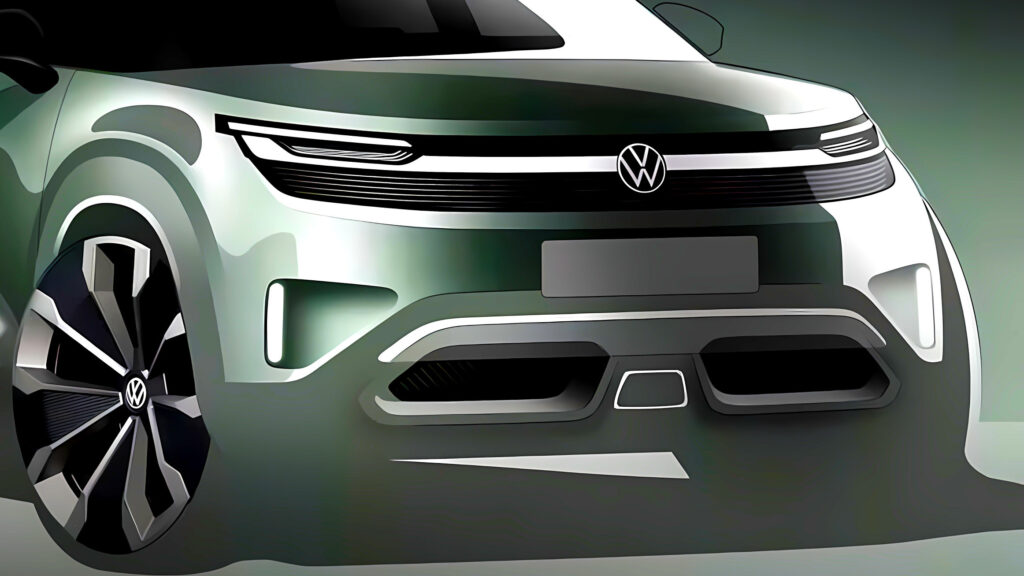
Cars We’d Happily Say Goodbye To
